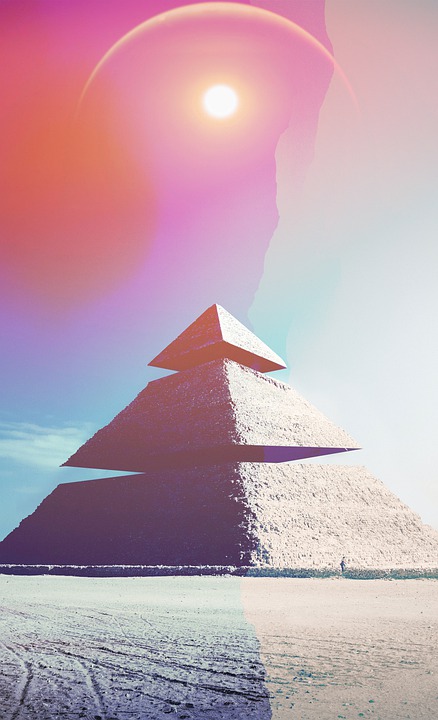From the Pyramids to the Poles: Ancient Astronomers’ Maps of the Night Sky
For centuries, humans have been fascinated by the night sky, wondering about the mysteries of the universe and the movements of celestial bodies. Ancient astronomers, in particular, made significant contributions to our understanding of the cosmos, creating elaborate maps of the night sky that have stood the test of time. In this article, we’ll embark on a journey from the pyramids of ancient Egypt to the poles of the Northern Hemisphere, exploring the remarkable achievements of ancient astronomers and their maps of the night sky.
The Ancient Egyptians: Mapping the Stars
One of the earliest recorded attempts to map the night sky dates back to ancient Egypt around 2000 BCE. The Egyptians created a series of star maps, known as the "Star Clock," which depicted the constellations and their relationships to the Nile River and the pharaohs. These maps were used to predict the flooding of the Nile, which was crucial for agriculture and the economy. The Star Clock also showed the path of the sun, moon, and stars, allowing the Egyptians to track the passage of time and the changing seasons.
The Babylonians: A Mesopotamian Marvel
In Mesopotamia, around 1800 BCE, the Babylonians developed a sophisticated system of astronomy, creating clay tablets with intricate drawings of the night sky. The Babylonians recognized the importance of the celestial bodies in predicting the movements of the planets and the timing of astronomical events. Their maps showed the constellations, including the famous "Wandering God" (the planet Jupiter), and the paths of the planets, including the moon and Venus.
The Greeks: A New Era of Astronomy
The ancient Greeks, particularly Hipparchus and Ptolemy, made significant contributions to astronomy, creating some of the most famous and enduring maps of the night sky. Ptolemy’s "Almagest," written around 150 CE, is considered one of the most important works in the history of astronomy. The Almagest contains a detailed catalog of the stars, including their positions, brightness, and movements, as well as a comprehensive map of the night sky.
The Northern Hemisphere: The Norse and the Celts
In the Northern Hemisphere, ancient cultures such as the Norse and the Celts also developed their own systems of astronomy. The Norse, for example, recognized the importance of the stars and the constellations, creating elaborate maps of the night sky that included the mythical gods and goddesses. The Celts, too, developed a sophisticated system of astronomy, recognizing the connections between the celestial bodies and the natural world.
The Legacy of Ancient Astronomers
The maps created by ancient astronomers not only reflect their understanding of the universe but also demonstrate their ingenuity, creativity, and curiosity. These maps have stood the test of time, influencing the development of astronomy and the understanding of the cosmos. Today, we can still appreciate the beauty and complexity of these ancient maps, which continue to inspire and educate us about the wonders of the night sky.
Image:
[Insert an image of an ancient star map, such as the Star Clock of ancient Egypt or the Babylonian clay tablet]
FAQs:
Q: What was the purpose of ancient astronomers’ maps of the night sky?
A: Ancient astronomers created maps of the night sky to understand the movements of celestial bodies, predict astronomical events, and track the passage of time.
Q: Which ancient culture developed the most comprehensive system of astronomy?
A: The ancient Greeks, particularly Hipparchus and Ptolemy, developed one of the most comprehensive systems of astronomy, creating detailed catalogs of the stars and a comprehensive map of the night sky.
Q: What was the significance of the "Wandering God" in ancient Mesopotamian astronomy?
A: The "Wandering God" referred to the planet Jupiter, which was recognized as a major celestial body in ancient Mesopotamian astronomy. Its movements were used to predict the timing of astronomical events and the passage of time.
Q: How did ancient astronomers use their maps to predict astronomical events?
A: Ancient astronomers used their maps to track the movements of celestial bodies, predict the timing of eclipses, and track the passage of time. They also used their maps to understand the connections between the celestial bodies and the natural world.
Q: What is the legacy of ancient astronomers’ maps of the night sky?
A: The maps created by ancient astronomers have stood the test of time, influencing the development of astronomy and our understanding of the cosmos. They continue to inspire and educate us about the wonders of the night sky.


